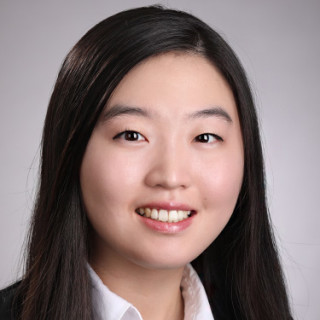
One aspect of medicine that appealed to me as a premedical student was the ability to establish a long-term rapport with my patients. I wanted to forge and maintain therapeutic relationships, within which I could help patients improve and preserve the quality of their lives. I wanted to be like my physician role models who had practiced in their communities for years, if not decades. They were cherished and respected by their patients as an essential part of their lives.
Unfortunately, the nature of clinical training in medical school doesn’t typically allow for patient continuity. During the clinical years, students are bounced around to and fro, from medical specialty to specialty, from location to location, and from team to team. With only four to eight weeks spent in each core rotation, students lack the privilege of following up with the patients they saw in the hospital or the clinic.
During the first and second year of medical school, I imagined medical education as a ladder — I would make steady progress with each rung I climbed. But the reality was that clinical training was more akin to a box of Kraft Shake ‘N Bake coating mix. I was placed in a clinical setting and shaken up in the hustle and bustle of patient care. What I learned has stuck with me even after the rotations but still, medical students aren't egg-coated chicken slices. Just as I was starting to get comfortable in one field, I would switch into another specialty. There would be new patients, new physicians, new expectations, and new diseases and conditions to learn about. But despite positive evaluations from my preceptors, I always felt uncertain about my own competence as a developing clinician; due to a lack of external consistency, I didn’t get the sense that I was improving.
For this reason, my continuity of care clerkship experience was invaluable. At my medical school, third and fourth-year students can undertake an optional continuity of care clerkship. It is designed to expose clinical students to the “longitudinal aspects of medicine and health care in the specialty of their choice.” Effectively, a student can take a protected half-day every week to attend a continuity clinic with the same attending in a single specialty for 30 weeks. You get to know your preceptor, the medical assistants, the nurses, the work-flow, and even the organization of the supply closet. Most importantly, of course, you get to know your patients. You get to see whether your treatment plan (approved by your attending physician) helped improve their conditions. You start learning about how to address diseases and as you see your therapies work, you and your patients start trusting in your abilities as a clinician. Because of this continuity, you finally become comfortable in your role.
During my clinical year, few things made me happier than asking, “Hey Mr. X, my name is YJ Kim, do you remember me from your last visit?” and hearing their response (“Of course I do!”). Throughout my time in my continuity clinic, I saw my patients’ scars heal, their rashes improve, and their trust in me increase.
My peers completed their continuity clinic clerkships in specialties as wide and varied as palliative neuro-oncology, disordered eating, neuropsychology, and orthopedic oncology — just to name a few. At the end of the continuity of care clerkship, we were required to give a 10-minute presentation on our year-long experience. Our love for our chosen fields was evident in our animated excitement about our futures. Thanks to establishing continuity of care with our patients, we had finally started feeling like the doctors we were striving to become.
Yoo Jung Kim is a medical student at Stanford University and author of “What Every Science Student Should Know” (University of Chicago Press). Her articles have appeared in the Washington Post, The Mercury News, The Seattle Times, and KevinMD. She is a 2018-2019 Doximity Author.







